How to help children with learning disabilities get interested in the arts
Sometimes all it takes is a big, blank sheet of paper and a pack of crayons. Other times, it might be a piece of classical music (or a track from Beyonce) and room to dance. Or, a jar of fingerpaint and a sheet of newsprint on a table. Or, pecking out a tune on the family piano without the use of sheet music. The question of whether art is either an innate or a learned skill in children is still debatable, and Rose Eveleth at Smithsonian.com even cites a study from Scientific American that lists five ways you can tell your child has artistic talent.
But what about children who have learning disabilities? Can they participate? Is there a way to tell if art is innate in them or if they can even learn how to draw, paint, dance, or play a musical instrument? And can they benefit from practicing any of the arts? The answer is unquestionably yes, and by getting them to participate in any art form – whether it’s drawing, painting, acting, dancing, or even sewing and the textile arts – can help develop confidence and self-worth. Here are three ways to help your child develop an artistic side.
Use role models
There are many artists (painters, dancers, actors, and others) who have (or had) some form of learning disability. It is believed that Leonardo da Vinci suffered from dyslexia, as do actors Orlando Bloom and Keanu Reeves and movie director Steven Spielberg, who wasn’t diagnosed with it until he was 60! British artist Stephen Wiltshire, called “the human camera”, was diagnosed with autism at age three. Actor and writer Chris Burke was born with Down syndrome. Plus, there are a number of musicians who suffer from a variety of learning disabilities. Tell stories about these people, and others, to the child for encouragement and to show that not much of anything can get in the way of making great art!
Find the art form that fits and develop it
While you shouldn’t force your child into art, it’s still best to let the talent reveal itself, then help the child develop it gradually. For example, if an autistic child likes to draw, gradually get them to focus on one item, such as a tree, then focus on its parts, such as the shape of its trunk. If your child seems to enjoy dancing, get them to mimic dance moves on a recorded television show, practicing those moves and adding to them. If they show an interest in sewing or any of the other textile arts, teach safety first (those needles can be sharp!), then move to stitch types and patterns and gradually introduce them to a sewing machine. No matter which art they show interest in, let them explore it on their own first before attempting to develop specific skills.
Have a performance or art show
If developing an artistic talent helps children with learning disabilities gain confidence, having them display or perform their art form can truly show them their work has value. If the child is already part of a dancing, singing, drama, or instrumental music group, showing up at their recital clearly shows you support them, and it encourages them to continue. But if the child excels at drawing or painting or textiles, you might consider collecting their work, displaying it around the house, and inviting a few friends and family members over for an exhibit. Get the child to explain the steps on what inspired him and how they created each piece. Make it a real event: serve snacks and refreshments and get the child to dress up as if it were a formal opening at an art gallery. Just like your support at a recital, this will encourage them to keep working.
Art is for everybody, whether they’re viewing it or participating in it, and children with disabilities can contribute their own artistic visions, too, no matter which art form they choose.
This article was written by Julie Morris for learningdisabilities.info. Julie Morris is a life and career coach. She is fulfilled by helping busy professionals like her past self get the clarity they need in order to live inspired lives that fill more than just their bank accounts. When Julie isn’t working with clients, she enjoys writing and is currently working on her first book. Visit her site at juliemorris.org.
Lillian Brooks is the founder of learningdisabilities.info. For years, Lillian worked as a special education teacher with a focus on teaching children with learning disabilities. She created learningdisabilities.info to offer information and understanding to parents of children with learning disabilities, as well as adults who are in need of continued support in order to succeed.
Read more on Kidspot:

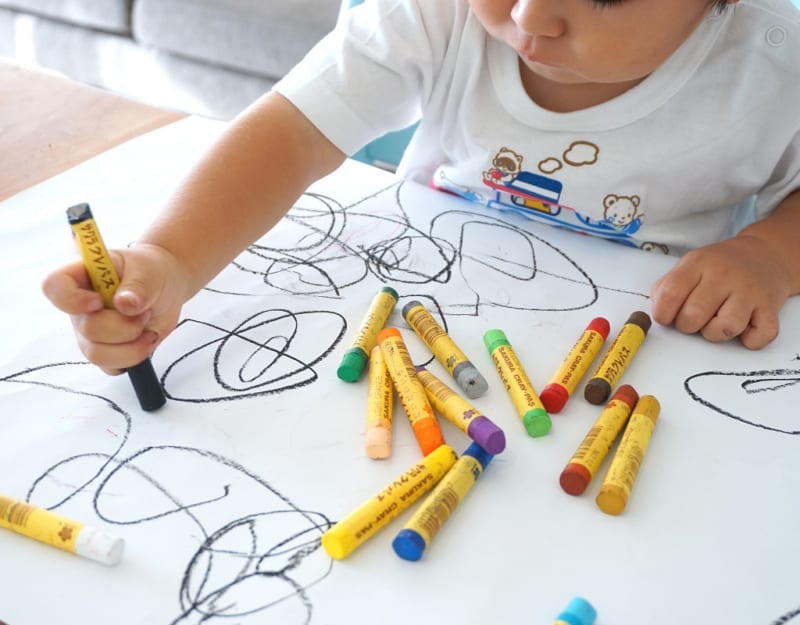
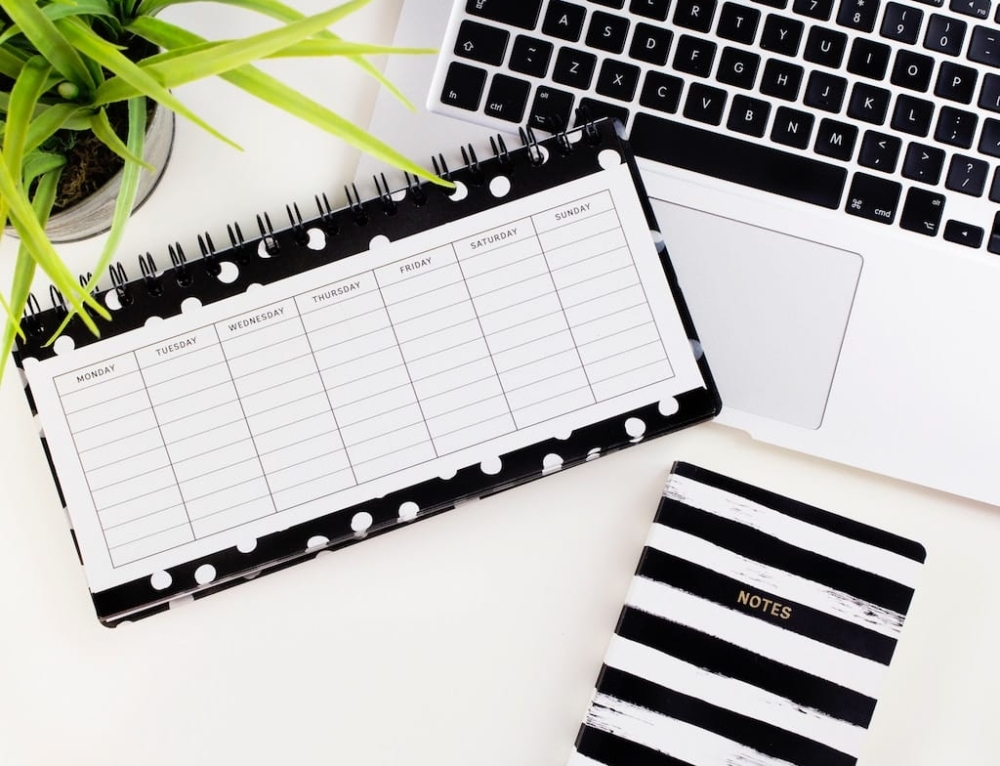
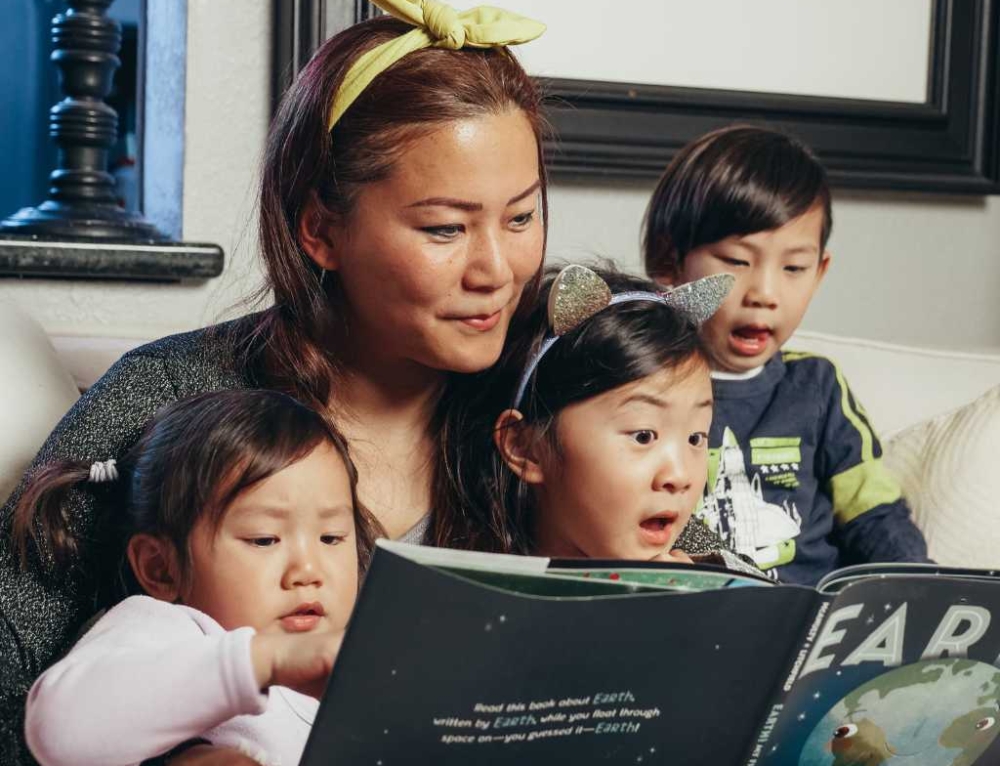
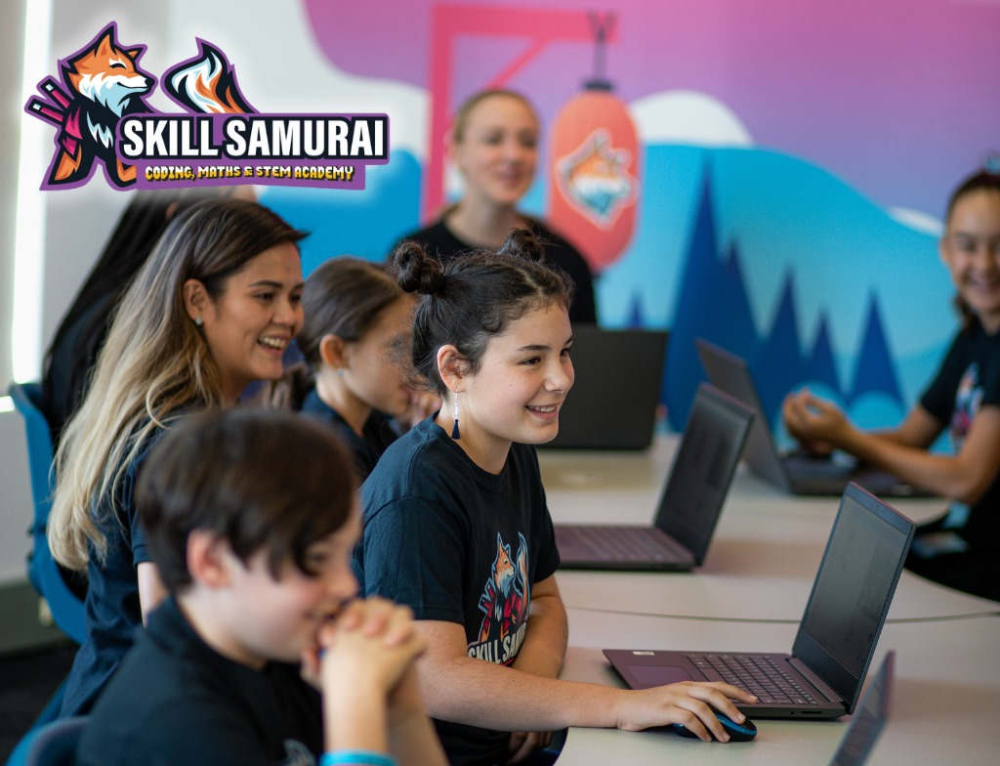
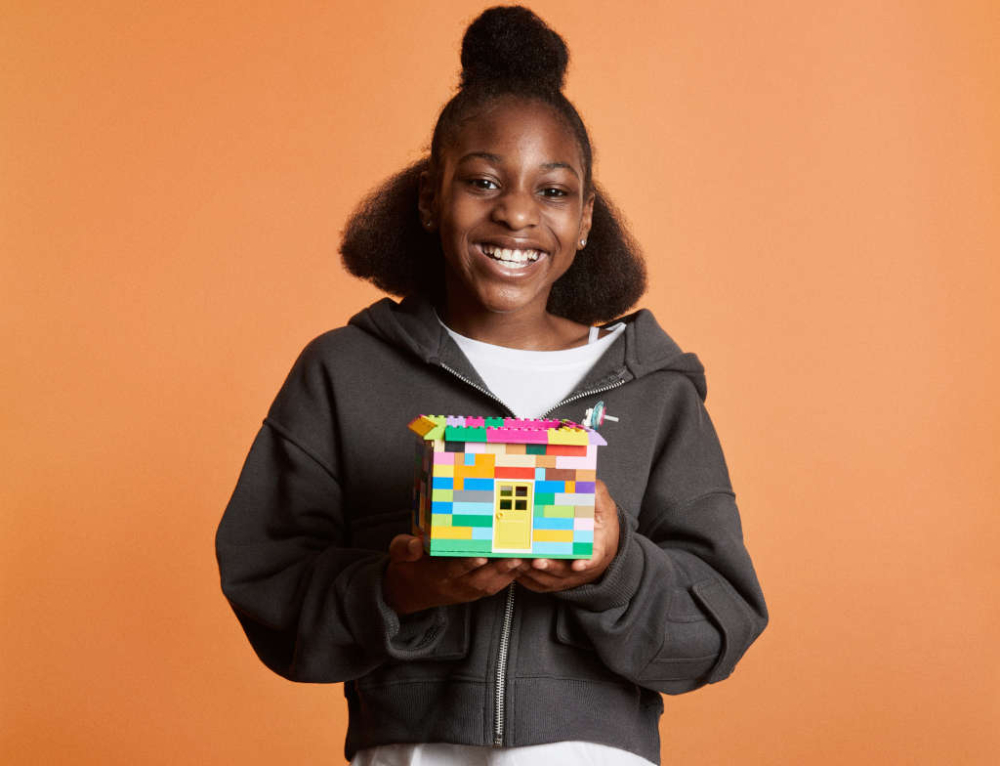

Art and music is so universal and good to read this article to help learning disabilities. Reading about role models helps to encourage too.
One of mine falls into this category, and she has huge artist talent. She loves just about every medium, and is always doodling something. She even has digital art covered. What she can do in 5 minutes without any thought, I could not achieve after years of study. I really hope that she does something with it. Book illustration, scientific diagrams for journals, computer graphic artist, you name it. The sky is the limit.
It is nice to see people these days offering more options for more learning types throughout our society. Not all children or adults conform to the same learning type. Also offering sensory type activities like arts, painting etc can be very therapeutic while learning.
I think art is important for all children and finding the right form of art that they are into can take time as this article says. Also as it says about dance and sewing they are all a form of art it’s not just about drawing. Getting children with learning difficulties involved is great and very encouraging for them.
Everyone should have access to experimenting with art. My son loves music and we take advantage of this for his learning, e.g. using songs to improve on sign language. I think that children learn a lot through play.
Awesome 🙂 I think art and music are so fantastic for all children and especially for kiddies with learning disabilities. When I was in High School our class helped out with the students who had learning disabilities, went to school camp with them etc and I really loved it. My late Aunty taught deaf children and taught me sign language for the alphabet (I’m talking 35 years ago! So it’s probably way different now), but I can still sign all the letters.